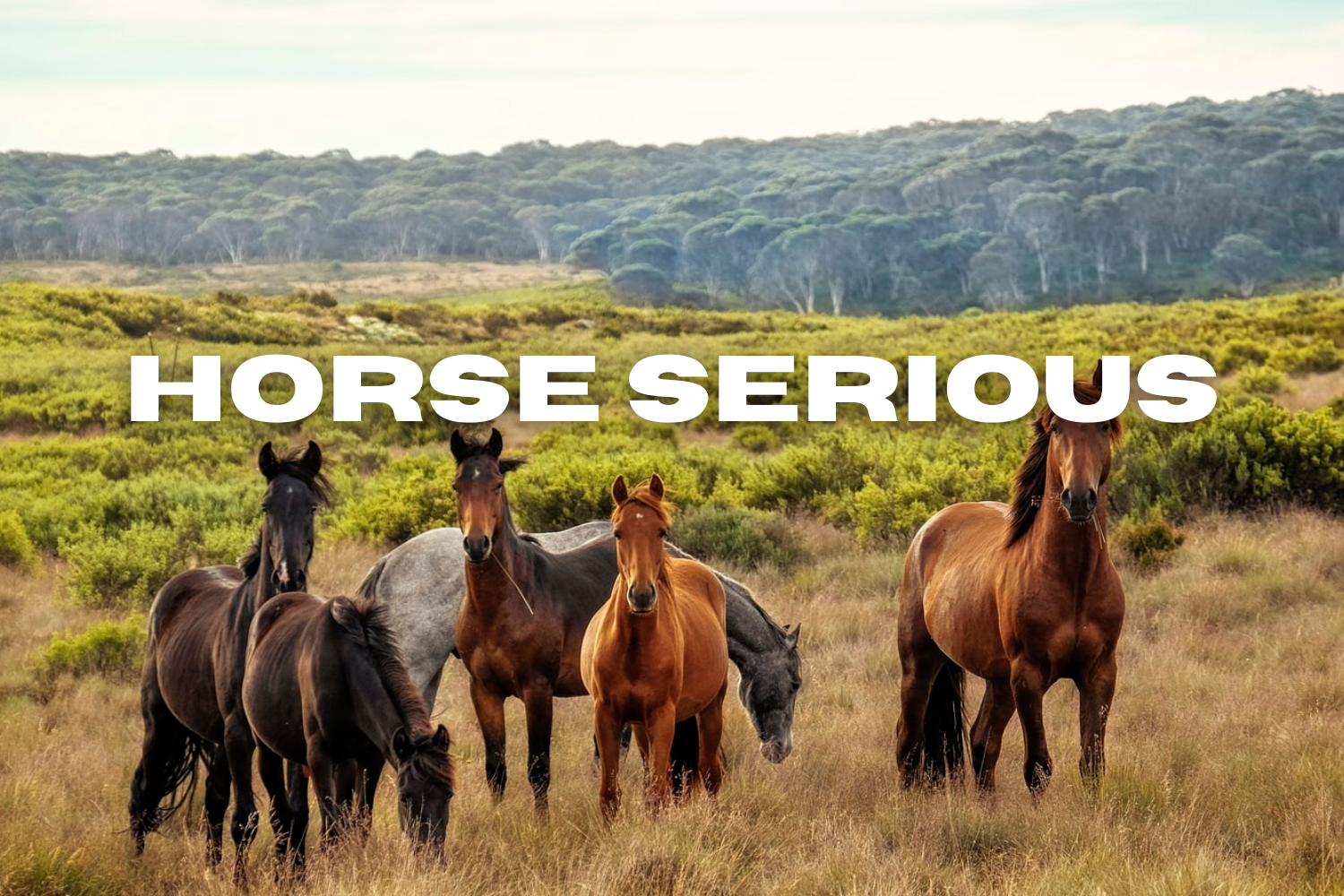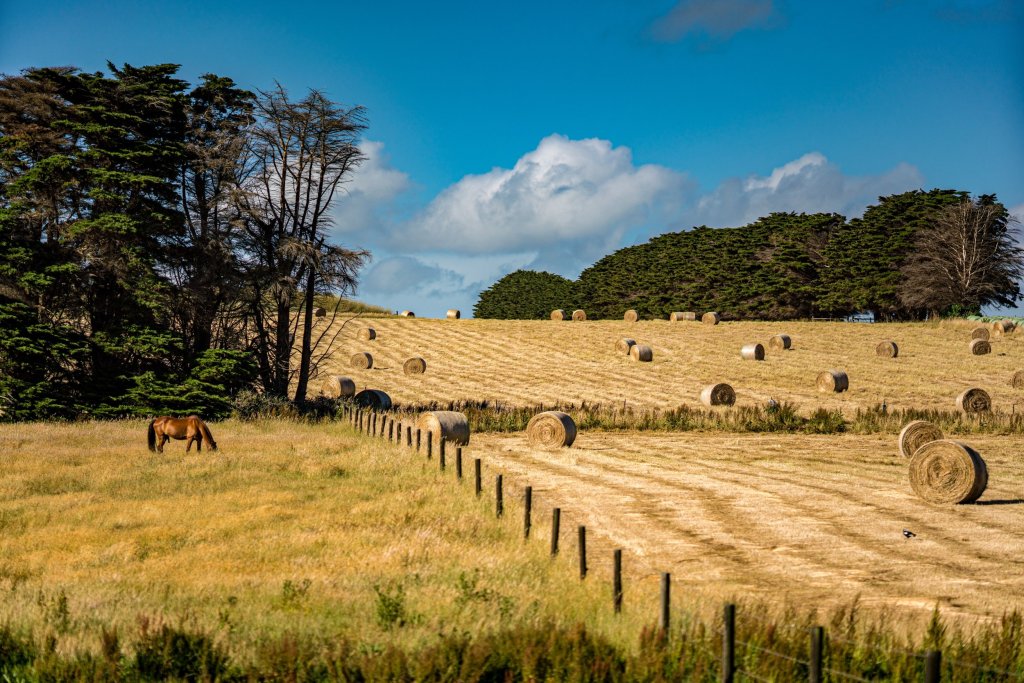Here we go again, how did this happen? Among all the horses in the barn, yours has the ability to discover a loose piece of baling wire within a 5-acre turnout. Say goodbye to the upcoming season, and forget about buying a new bridle. Your horse’s vet bills will once again take all of your resources.
It’s always one thing or another when it comes to your horse getting itself in sticky situations. The list is endless, and you can’t help but wonder, “Why is it always my horse?”
Sound familiar? Before you consider locking your horse in a padded stall or reprimanding it for not playing nice like the other equines, take solace in this: You’re not alone. There seems to be one in every barn, and there are countless barns out there, which means there are plenty of horses seeking out trouble.
The “Special” Horse may indeed be a character. Its propensity for accidents could be related to its inquisitive nature. According to Léa Lansade, PhD, from the French Horse and Riding Institute and the National Institute for Agricultural Research’s behavior science department, curious horses are more likely to find themselves in situations where they get injured. Since curiosity is a personality trait, there is a link between these tendencies and personality.
Owners of tall horses often report more accidents due to the challenges of getting up and down and the longer fall distance. Larger horses tend to take up more space and have longer limbs, making them more susceptible to traumatic injuries.
Horse clumsiness can also be unrelated to height and may stem from their playfulness or pasture mates. Horses in lower herd ranks may injure themselves trying to avoid dominant horses, forced into accident-prone situations. Coat color, such as chestnuts with sensitive skin, could increase the risk of infections when injuries occur.
Can You Protect Your Horse Too Much?
While it may be tempting to shield your horse from all potential dangers, overprotection can have adverse effects. According to Rebecca Gimenez, PhD, from Technical Large Animal Emergency Rescue, making the horse’s environment excessively safe may inadvertently make them accident-prone. Horses need the opportunity to navigate natural obstacles and terrain, as removing every rock, tree, or low spot can hinder their ability to develop awareness and coordination.
Outfitting your horse with protective gear during turnout or in the stall can also backfire. It’s better to let accident-prone horses roam without protective equipment.
https://pagead2.googlesyndication.com/pagead/js/adsbygoogle.js?client=ca-pub-3762802995754264
(adsbygoogle = window.adsbygoogle || []).push({});
Maybe It’s You
It’s essential to strike a balance between protection and allowing your horse to be a horse. It is sometimes thought that accident-prone horses have accident-prone owners. Owners who take risks themselves or fail to recognize dangers on their property may inadvertently place their horses in risky situations.
To mitigate this, regularly inspect your property for potential hazards, even those you’ve become accustomed to. Sometimes what seems practical, like a pasture system with a central access area, can lead to accidents when multiple horses are involved. A fresh perspective from someone else can help identify overlooked dangers.
Could It Be Eyesight?
Recent research reveals that many horses, particularly older ones, may have undiagnosed vision issues. Fernando Malalana, DVM, at the University of Liverpool Philip Leverhulme Equine Hospital, discovered that 90% of studied horses aged 15 and up had ocular diseases, yet only 4% of owners were aware. While vision problems could contribute to accidents, acutely blind horses typically exhibit distress and disorientation, unlike horses with frequent traumatic episodes.
Nevertheless, if your horse is accident-prone, it’s worth checking its eyesight. Consult your veterinarian for a thorough evaluation.
https://pagead2.googlesyndication.com/pagead/js/adsbygoogle.js?client=ca-pub-3762802995754264
(adsbygoogle = window.adsbygoogle || []).push({});
Avoiding Disaster
Accidents are bound to happen, but there are steps you can take to reduce the risk:
-
Maximize Turnout: Provide your horse with ample space to roam to minimize the chances of encountering hazards.
-
Secure Fencing: Ensure your fencing is both electric (to stop the horse) and wood, preferably painted white (to improve visibility).
-
Companion Horse: Give your horse a calm companion to help it stay out of trouble. Avoid overcrowding the field.
-
Regular Exercise: If your horse must be stalled, make sure it has regular access to a large field to run and release excess energy.
-
Provide Distractions: Offer safe items for your horse to interact with while in the stall, such as straws or appropriate stall toys.
Preparing for Injuries Despite your best efforts, accidents will occur. Be prepared:
-
First Aid: Stock up on bandaging equipment and non-steroidal anti-inflammatory drugs. Have access to cool water for injury treatment.
-
Thermometer: Keep a thermometer to check for fevers caused by subcutaneous wound infections.
-
First-Aid Training: Learn basic first-aid techniques for horses and establish a good relationship with your vet.
-
Trailer Accessibility: Ensure your horse can be easily loaded into a trailer, and have one readily available.
-
Emergency Plan: Develop a plan for when you are unavailable, so caretakers know what to do during emergencies.
Life may have granted you a horse that seems to attract accidents, but there are ways to reduce risks and prepare for the inevitable. Budget for added expenses, and recognize that your horse’s penchant for finding hazards is part of its unique personality. Despite the challenges, these special equines can be incredibly rewarding, making all the effort worthwhile.
This Article Is Sponsored by Helite US and The Zip’In Air Vest
Ride fearlessly with optimal protection when you wear a Helite Zip’In 2 Airbag Vest.
Don’t risk serious injury, wear the air vest!


